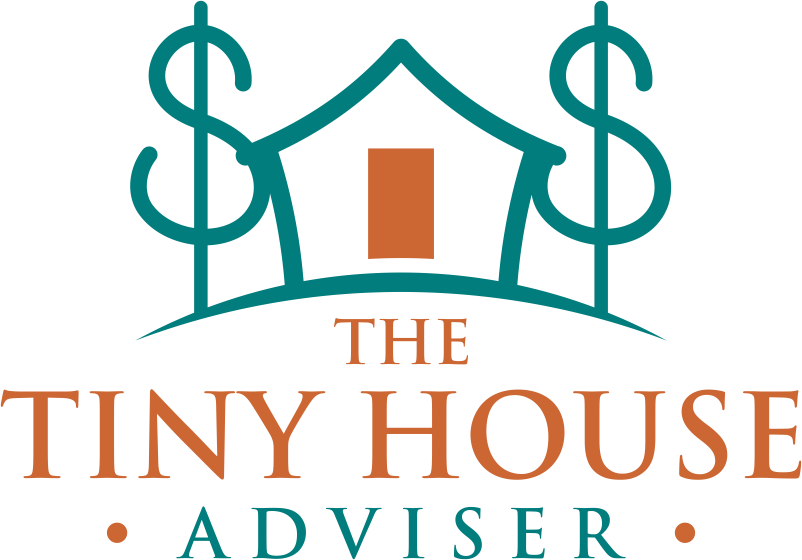EP 53: Challenges and Opportunities in Tiny Living
The tiny house movement has captured the imagination of people seeking freedom, affordability, and simplicity. But what draws people to tiny living, and what challenges must they navigate? Let’s explore the multifaceted world of tiny homes, diving into the opportunities, obstacles, and lifestyle shifts they offer.
The Appeal of Tiny Houses: Time and Financial Freedom
One of the biggest draws of tiny houses is the opportunity for greater control over time and money. By downsizing to a smaller living space, homeowners often reduce costs associated with mortgages, utilities, and maintenance. This financial flexibility enables people to spend more time on hobbies, travel, or side hustles. For instance, a study by Tiny House Society shows that 68% of tiny homeowners have no mortgage, a significant contrast to the 29% of traditional homeowners.
Creative Design and Lifestyle Values
Tiny houses allow for innovative and personalized designs. Every square foot counts, so layouts are tailored to individual needs. This sparks creativity and reflects values such as sustainability and minimalism. Tiny homes can be equipped with solar panels, composting toilets, and reclaimed materials, making them environmentally friendly.
Generational Perspectives on Tiny Living: Millennials and Time Freedom
Millennials are at the forefront of the tiny house movement. Their desire for multiple income streams, flexibility, and experiences over material possessions makes tiny living an attractive choice. The ability to work remotely from a beautifully designed tiny home adds to the appeal.
Diverse Motivations Across Age Groups
While millennials are drawn to autonomy, older generations often see tiny homes as a way to downsize and simplify life post-retirement. Families with children may view them as a stepping stone to financial stability.
Challenges in Tiny House Living: Finding the Right Location
Locating a suitable spot for a tiny house can be a hurdle. Zoning laws and building codes vary by region, sometimes complicating the process. Researching local regulations and exploring tiny house-friendly communities is essential.
Balancing Downsizing and Trade-Offs
Transitioning to a tiny home often means letting go of possessions and adapting to a minimalist lifestyle. While rewarding, it requires careful planning and emotional readiness. Trade-offs may include limited space for entertaining or storing sentimental items.
Opportunities for Community Building: Fostering Connections Through Tiny Living
Tiny house living often brings people together. Shared values like sustainability and simplicity foster close-knit communities where residents exchange advice and resources. Tiny home villages exemplify this communal spirit.
Sharing Resources and Knowledge
The tiny house movement thrives on collaboration. Online forums, social media groups, and workshops provide platforms for sharing experiences, tips, and design ideas, strengthening the community.
Navigating Financial and Practical Aspects: Budgeting for Tiny House Ownership
Tiny houses are more affordable than traditional homes, but costs still vary. Custom-built homes can range from $30,000 to $100,000. Setting a clear budget and researching financing options is key to avoiding financial strain.
Accessing Support and Resources
Navigating the practicalities of tiny living—such as downsizing, zoning compliance, and lifestyle adjustments—requires guidance. Resources like online courses, books, and podcasts help individuals prepare for the transition.
Embracing Tiny Living: Overcoming Challenges and Seizing Opportunities
Tiny living is more than just a trend; it’s a lifestyle that prioritizes freedom, sustainability, and community. While challenges like zoning laws and downsizing exist, the opportunities for creativity, connection, and financial independence make it an appealing choice. With proper planning and support, the tiny house dream can become a reality.
Quotes from the episode
“I think a big thing with my generation is passive income.”
“There needs to be a space for people to be able to find answers to these questions.”
“People are moving away from the American dream because it’s not attainable.”
Subscribe to the podcast
Apple Podcasts | Spotify | Stitcher | Amazon Music | Google Podcasts | RSS
